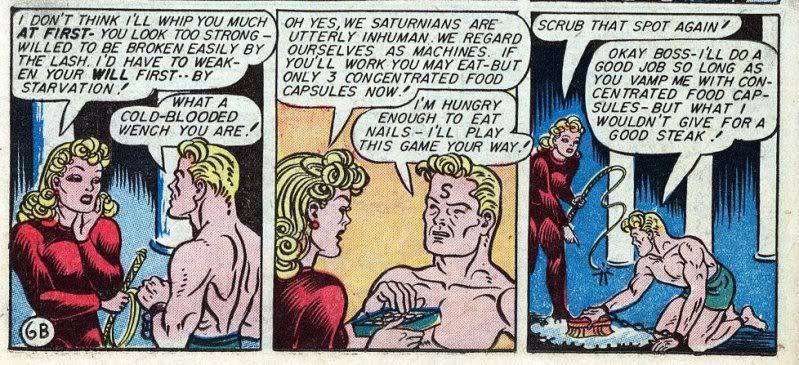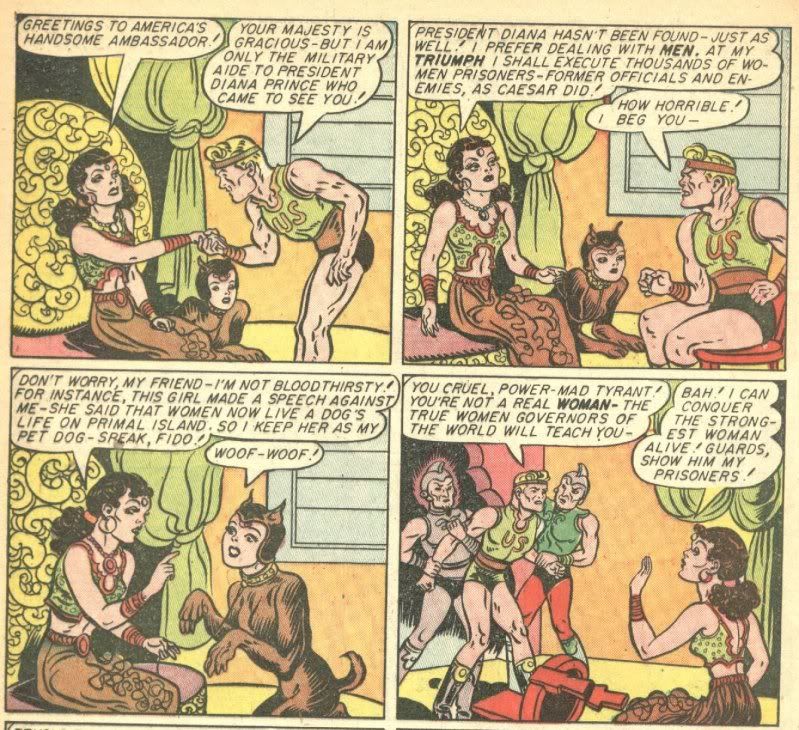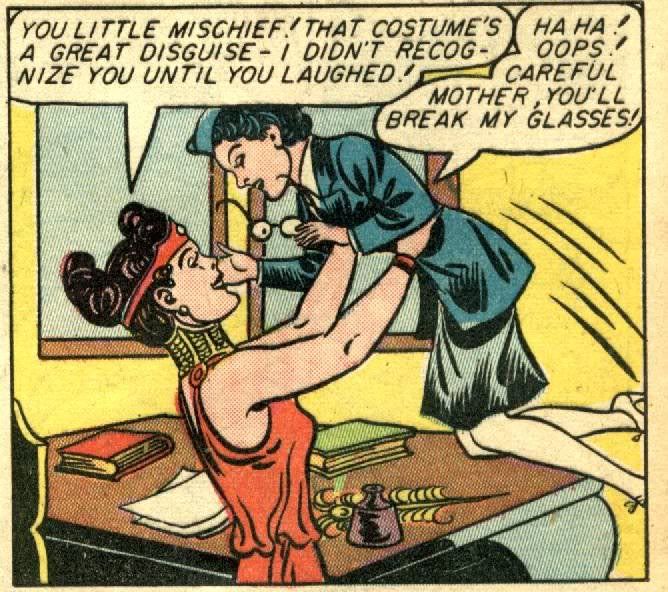Eller, Jack David. Cruel Creeds, Virtuous Violence Prometheus Books, 2010.
I’m going back into chapter one of the book (hopefully to get a draft done by the end of the month), and that means going back into religion and violence. Eller’s book is about the relationship between religion and violence, not only that humans incorporate violence into religion, but that we also invest violence with religious meaning.




